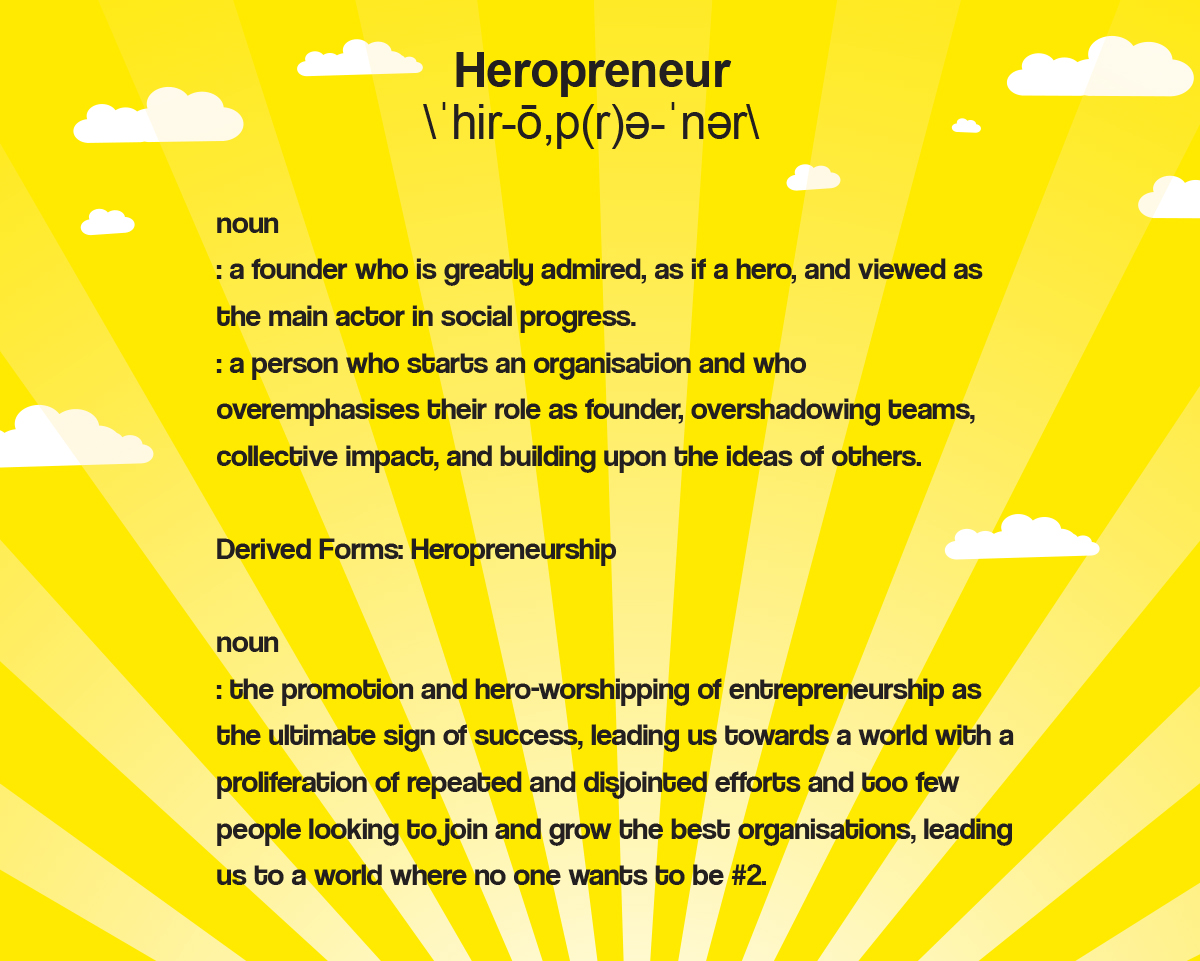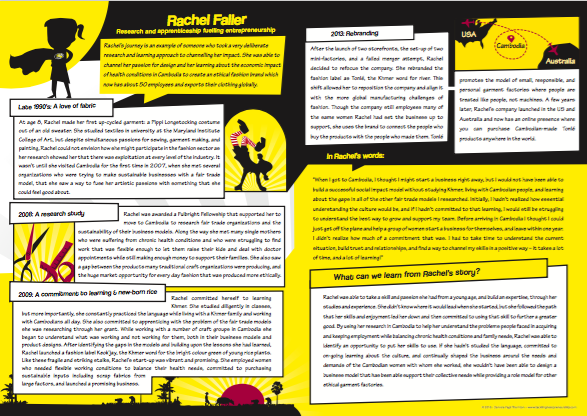Four Question Tool
I rarely use this blog any more, but I wanted to share a useful resource. When I facilitate workshops, I often start by conducting a four question exercise, and as I often need to explain it, I thought I’d type it up so that I can easily share it.
You can use a regular sheet of paper divided into four quadrants, or a worksheet, such as this one. I adapted this activity from one in the book Let’s Stop Meeting Like This by Dick and Emily Axelrod.
- Ask students to take a sheet of paper, divide it into four quadrants (or use the printout provided) and write their name on the top.
- Then they must find a partner for their first conversation – ideally someone they don’t know well already.
- The students exchange papers – so they are now holding the paper adorned with their partners’ name.
- Ask one person on each team to raise their hands, and then instruct that person to “listen first” or “speak first.” (I like to mix it up – so the person raising their hand quickest isn’t always the listener or speaker.)
- The listener is asked to take notes (currently just in the upper right quadrant). They do not need to capture EVERYTHING that is said, just some key words or phrases. The listener is not allowed to say anything apart from “Thank you.” and “Anything else?”
- The speaker is invited to answer the first question, which should be about their current understanding of whatever topic you are addressing as a group. For this example, I am going to use the questions an educator might use when offering the Map the System contest at their institution. It is a contest I helped to launch, based on the systems understanding tool I designed, the Impact Gaps Canvas. These questions will help students think about what challenge they might want to focus on. The first question could then be: “What local or global challenges are you interested in and what is your current level of understanding about those challenges?”
- The facilitator rings a bell and sets their timer for ~2 minutes (anywhere from 2-3 minutes per person is probably a good amount of time for this activity).
- Once the timer goes off, ask the members to switch roles, so the person who was listening is now speaking and the person who was speaking is now listening and taking notes.
- When the timer goes off again, ask the participants to thank their partner, get their own paper back, and find a new partner.
- The new partners now exchange papers again and one person raises their hand. Let them know if the hand-raisers are listeners or speakers. Reminder the listeners of the rules (It is not a conversation. They can only say “Thank you.” or “Anything else?”). Set the timer and invite the speakers to answer the next question with the listener recording notes in the upper right quadrant. This could be anything about their future goals, and in the case of Map the System participants, the question might be: “What would you like your future understanding of your chosen local or global challenge to be like in the future? What would you want to know then that you don’t currently know?”
- Timer goes off. They change roles. Timer goes off. They thank their partner, get their paper back, and find a new partner.
- Now they are in the bottom left quadrant. The round repeats as per before. The new question is about relationships – the quality of the relationships they would need in order to fuel that future. I usually suggest starting the question based on the people in the room, and then expanding out. For Map the System participants, the question might be: “In order to achieve that future you just described, what quality of relationships would you need with the people in this room? What new relationships might you need to build with people outside this room to learn the information you want to learn?”
- Timer goes off. They change roles. Timer goes off. They thank their partner, get their paper back, and find a final partner.
- The final question, in the bottom right quadrant, is about courage. Generally speaking the question should ask them what courage it would take to achieve the future the described and relationships they described. For Map the System participants, the question might be: “What courage would it take to achieve the future you described – in terms of your future learning and future relationships. What would you need to do differently, start or stop doing, be brave about? Once again, what courage would it take for YOU to achieve the future learning and relationships you described – not what someone else would need to do – but what YOU would need to do?”
- Timer goes off. They change roles. Timer goes off. They thank their partner and get back in a circle.
- Now you can proceed with an open discussion if you like. Simply throw out the question, “How was that?” Hopefully people will have had a chance to think about their learning goals, issues they care about, and things they would need to do to achieve those goals. At minimum, they will hopefully have connected with four people in the room and be more open to future conversations.
I hope that is useful!






